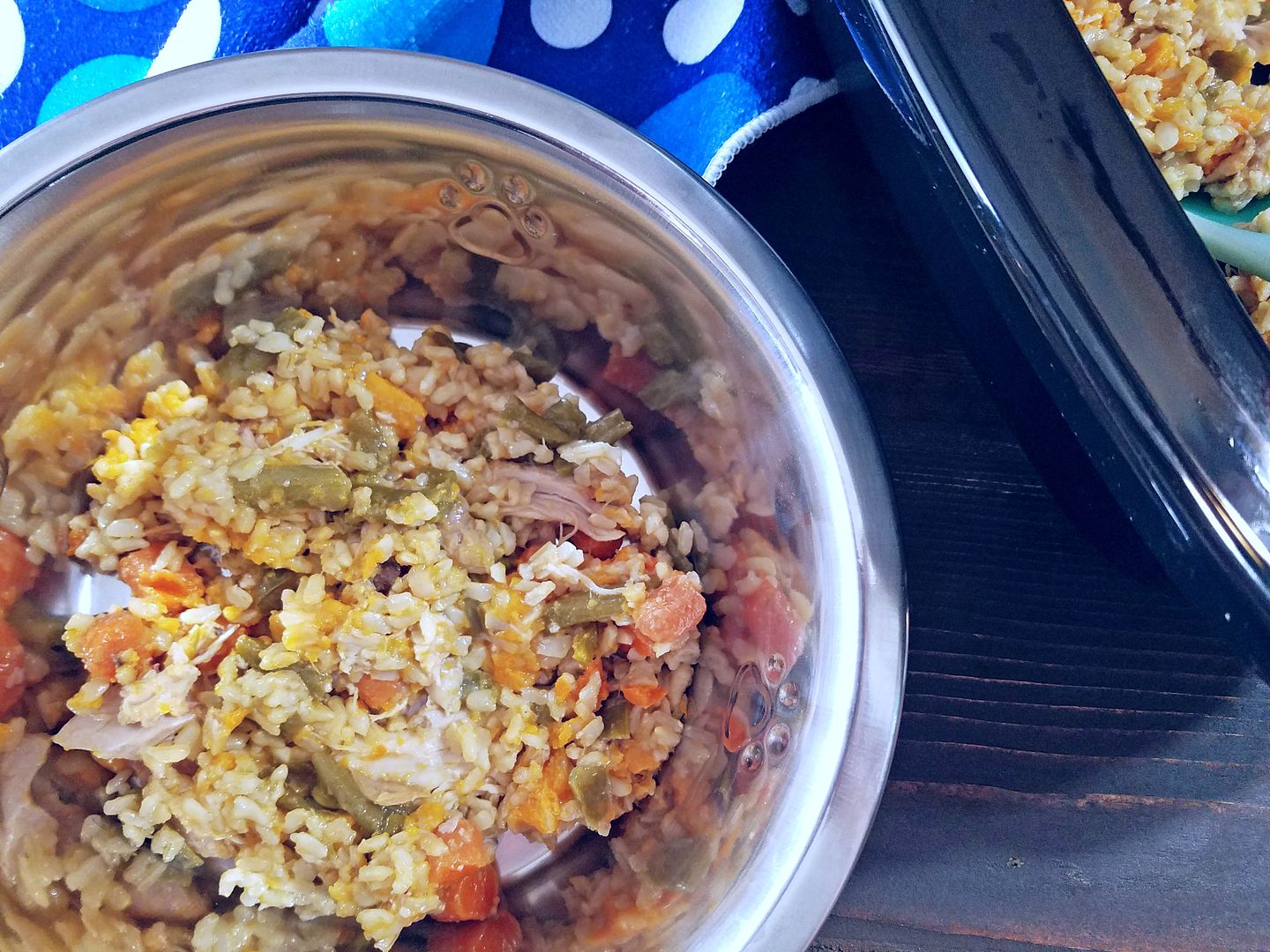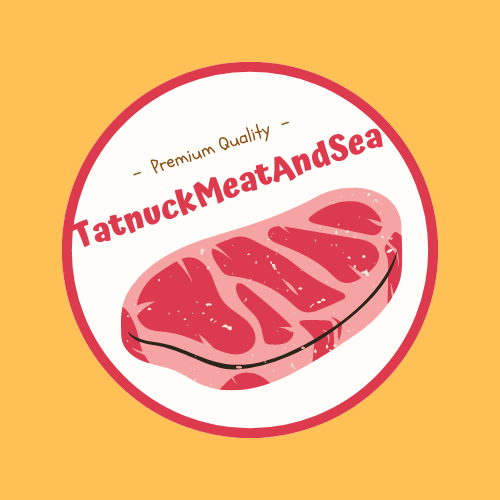Are you tired of worrying about what’s actually in your dog’s commercial food? I know I was! After my pup had some tummy troubles last year, I decided to take matters into my own hands and start making homemade dog food. And let me tell you – chicken has become our absolute go-to protein source!
Making dog food with chicken isn’t just economical – it’s also super healthy for your furry friend when done right. Chicken provides excellent protein, essential amino acids and important vitamins that keep your dog’s muscles strong and their coat shiny.
In this article, I’ll share my favorite chicken dog food recipes, explain why chicken is such a great choice for homemade dog food, and most importantly – show you how to ensure your homemade creations provide complete nutrition for your beloved pet.
Why Chicken is a Great Protein Source for Dogs
Before diving into recipes let’s talk about why chicken makes such an excellent foundation for homemade dog food
- High-quality protein – Chicken is packed with the protein dogs need for muscle maintenance
- Essential amino acids – Contains building blocks your dog’s body needs but can’t produce itself
- Lean meat option – Lower in fat than many other protein sources (especially when using skinless breasts)
- Digestibility – Most dogs can easily digest chicken, making it great for sensitive stomachs
- Vitamin-rich – Contains B vitamins crucial for energy and metabolism
- Mineral content – Provides phosphorus and selenium for bone and immune health
My dog Bruno absolutely goes bonkers whenever I start cooking chicken for his meals. The way his tail wags when he smells it cooking… I swear he knows it’s for him!
Homemade Chicken Dog Food Recipes Your Pup Will Love
Let’s dive into some simple yet nutritious recipes you can make for your dog using chicken as the primary protein source.
Recipe 1: Basic Chicken and Rice
This is my go-to recipe when Bruno’s tummy is upset or when I’m short on time. It’s super simple and gentle on the digestive system.
Ingredients:
- 1 lb boneless, skinless chicken breasts
- 1 cup uncooked white rice
- 2 cups water
- 1 cup chopped carrots (optional)
- 1 cup chopped green beans (optional)
Instructions:
- Put chicken, rice, and water in a large pot
- Add carrots and green beans if using
- Bring everything to a boil
- Reduce heat to low, cover and simmer for 20-25 minutes
- Remove chicken, shred it with forks
- Mix shredded chicken back into the pot
- Cool before serving appropriate portions to your dog
Pro tip: You can swap white rice for brown rice for added nutrition, but you’ll need to adjust cooking time accordingly.
Recipe 2: Chicken and Sweet Potato Bowl
Sweet potatoes are a superfood for dogs! They’re packed with fiber and vitamins, making this recipe perfect for pups with sensitive tummies.
Ingredients:
- 1 lb boneless, skinless chicken breasts
- 2 medium sweet potatoes, peeled and chopped
- 1 cup low-sodium chicken broth
- Optional: 1 cup chopped veggies (carrots or green beans work great)
Instructions:
- Combine chicken, sweet potatoes, and broth in a pot
- Bring to a boil, then reduce heat
- Simmer covered for 20-25 minutes until everything’s tender
- Remove chicken and shred it
- Mash sweet potatoes with a fork
- Combine everything back in the pot
- Cool before serving
When I make this for Bruno, I usually make a big batch and freeze portions in silicone muffin tins. So convenient for busy weekdays!
Recipe 3: Chicken and Vegetable Skillet
This one-pan wonder is loaded with nutrients and couldn’t be simpler to prepare.
Ingredients:
- 1 lb boneless, skinless chicken breasts, cut into bite-sized pieces
- 2 medium zucchini, sliced
- 2 tablespoons olive oil
- Salt (minimal amount to taste)
Instructions:
- Heat olive oil in a large skillet over medium-high heat
- Add chicken pieces and cook until browned
- Add zucchini and cook 5-7 minutes until tender
- Season with a tiny pinch of salt if desired
- Cool completely before serving to your dog
Recipe 4: Chicken and Oatmeal Mix
This is great for older dogs who need a bit more fiber in their diet.
Ingredients:
- 1 lb chicken pieces, cut small
- 1 cup rolled oats
- 2 cups chicken broth (low sodium)
- 1 cup chopped carrots
- 1 cup frozen peas
Instructions:
- Combine all ingredients in a large pot
- Bring to a boil, then reduce heat
- Simmer covered for 20-25 minutes until oats are soft
- Let cool completely before serving
My older dog absolutely loves this recipe – I think the softer texture is easier on her aging teeth!
Recipe 5: Chicken and Spinach Boost
This iron-rich recipe is perfect for boosting your dog’s energy levels.
Ingredients:
- 1 lb chicken, diced
- 1 cup brown rice
- 2 cups chicken broth
- 2 cups chopped spinach
- 1 cup chopped carrots
Instructions:
- Combine chicken, rice, broth, and carrots in a pot
- Bring to a boil, then simmer covered for about 20 minutes
- Add spinach during the last 5 minutes of cooking
- Cool completely before serving
Recipe 6: Chicken and Beef Meatballs
These protein-packed meatballs are Bruno’s absolute favorite!
Ingredients:
- 1 lb ground chicken
- 1 lb ground beef
- 1 cup breadcrumbs
- 2 eggs
- 1/2 cup chopped carrots
- 1/2 cup chopped green beans
Instructions:
- Preheat oven to 350°F
- Mix all ingredients in a large bowl
- Form into small meatballs
- Place on a lined baking sheet
- Bake for 25-30 minutes until cooked through
- Cool before serving
I like to freeze these and thaw as needed – they’re great for training treats too!
Ensuring Nutritional Balance in Homemade Dog Food
Now here’s the tricky part – making sure your homemade chicken dog food is actually meeting all your dog’s nutritional needs. This was something I struggled with when first starting out.
Essential Supplements for Homemade Dog Food
When making homemade food, you’ll likely need to add some supplements to ensure complete nutrition. Here are some important ones to consider:
- Calcium source – Eggshells (ground to powder) or calcium carbonate supplement
- Multivitamin – To fill in any nutritional gaps
- Fish oil – For omega-3 fatty acids that support skin, coat and joint health
- Vitamin E – Works with fish oil and supports immune function
I honestly didn’t realize how important calcium was until my vet pointed out that homemade diets are often deficient in it. Dogs need that calcium-to-phosphorus balance!
Consult Your Veterinarian
This is SUPER important! Before switching your dog to any homemade diet, talk to your vet. They can:
- Help evaluate your recipes
- Recommend specific supplements for your dog’s unique needs
- Suggest proper portion sizes based on your dog’s size and activity level
- Monitor your dog’s health with regular check-ups
My vet was actually really supportive of my switch to homemade food, but she did make some important recommendations that I wouldn’t have known otherwise.
Tips for Making and Storing Homemade Dog Food
After making dog food for years now, I’ve picked up some handy tricks:
- Batch cook and freeze – I dedicate one Sunday a month to making big batches
- Use ice cube trays or muffin tins for perfect portions
- Label everything with dates and ingredients
- Introduce new foods gradually to avoid tummy upset
- Monitor your dog’s weight and adjust portions accordingly
- Rotate proteins occasionally for nutritional variety
Common Mistakes to Avoid When Making Dog Food
Learn from my mistakes! Here are some things to watch out for:
- Not including enough calcium – The calcium-to-phosphorus ratio is crucial
- Overfeeding – Homemade food can be more calorie-dense than kibble
- Using unsafe ingredients – Avoid onions, garlic, grapes, and other toxic foods
- Not cooking chicken thoroughly – Raw chicken can contain harmful bacteria
- Assuming one recipe is enough – Dogs benefit from nutritional variety
Final Thoughts on Making Dog Food with Chicken
Making homemade dog food with chicken has been one of the best decisions I’ve made for my dogs’ health. Their coats are shinier, they’re more energetic, and most importantly – they absolutely LOVE mealtime!
Remember that homemade dog food isn’t just throwing some chicken and rice in a bowl. It requires research, careful planning, and consultation with your vet to ensure it’s nutritionally complete.
If you’re just starting out, I recommend beginning with the basic chicken and rice recipe, then gradually expanding your repertoire as you get more comfortable with the process.
Have you tried making homemade dog food with chicken? What recipes have worked well for your furry friend? I’d love to hear your experiences!
FAQs About Making Dog Food with Chicken
Can I use rotisserie chicken for dog food?
While convenient, rotisserie chicken often contains seasonings, salt, and sometimes garlic which aren’t good for dogs. It’s better to cook plain chicken specifically for your pup.
How long does homemade dog food last in the refrigerator?
Typically 3-4 days when stored in airtight containers. For longer storage, freeze portions.
Is raw chicken safe for dogs?
While some people feed raw diets, raw chicken carries risks of bacterial contamination. I personally prefer cooking chicken thoroughly to eliminate this risk.
How much homemade food should I feed my dog?
This varies widely based on size, age, and activity level. A general starting point is about 2-3% of your dog’s body weight daily, divided into two meals. Adjust based on maintaining ideal weight.
Can puppies eat homemade chicken dog food?
Yes, but puppies have different nutritional requirements than adult dogs. Consult your vet for a puppy-specific recipe that supports growth.
Remember, every dog is unique, so what works for my Bruno might need adjustments for your furry friend. But with some research and veterinary guidance, you can create delicious chicken-based meals that will have your pup licking their bowl clean!

Practical Tips for Busy Pet Families
- Batch cook and freeze: Prepare large batches of homemade dog food and freeze single-serving portions. Thaw overnight for convenience.
- Mix with dry food: For gradual transition, or variety, mix homemade meals with your dog’s kibble.
- Consult professionals: Always check with vets for precise nutritional advice and supplement recommendations.
- Use portion control tools: Devices like the Houndsy Kibble Dispenser help maintain consistent feeding amounts, freeing up mental space to focus on your dog’s health.
Key Ingredients for Homemade Dog Food with Chicken
Choose fresh chicken breasts or thighs without seasoning or additives. Skinless, boneless cuts reduce fat content and avoid unnecessary sodium or spices. Ground chicken is also convenient and cooks evenly with rice and vegetables.
